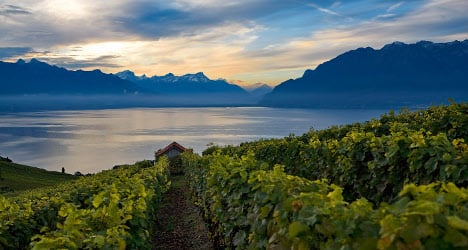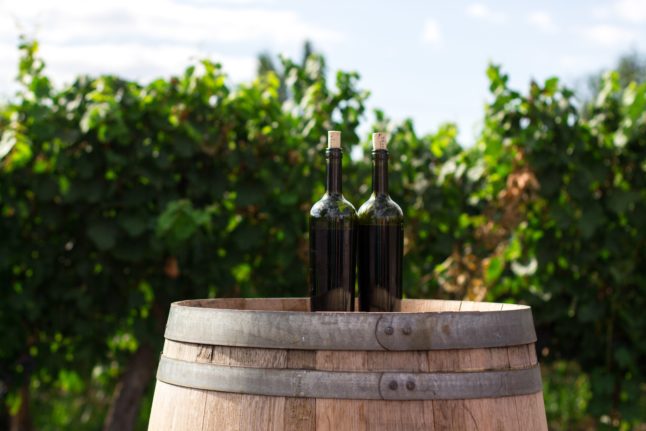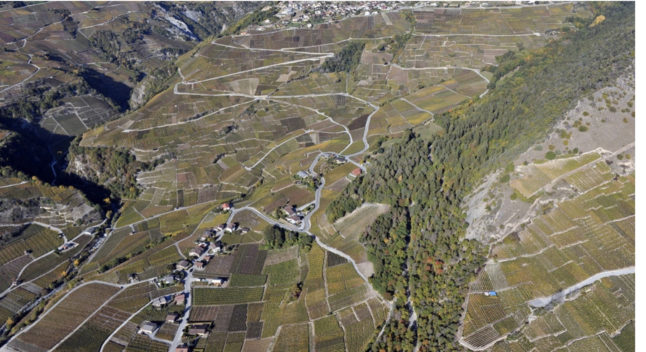The dry, hot summer means wine fans can look forward to a high-quality vintage this year, however the quantity of wine produced could be below average, industry figures told the Tribune de Genève.
The volume depends not just on the size of the grapes – which, due to the heat, are small and concentrated with sugar – but also the number of bunches produced on the vine.
In the canton of Vaud, Switzerland’s second largest wine producing canton, the volume of wine is set to be below average, Gilles Cornut, president of a Vaud wine association, told the paper.
He predicts a total 23.7 million litres of Vaud wine, more than in 2013, when hail damaged the harvest, but less than last year’s 24.7 million.
The harvest may also be reduced due to the damage caused by last year’s widespread use of Moon Privilege, a fungicide produced by German company Bayer which is thought to have stunted the growth of vines and is currently under investigation.
The prospect of a third successive below-average volume is causing many winegrowers to worry, said the paper.
Speaking to the paper, Alain Leder, director of wine shop Obrist in Vevey, said: “Lower quantities mean that less wine will be available for promotions in the big distributors. Vaud wine risks losing its place on the shelves of big supermarkets and in the heart of consumers.”
Last year the sale of Swiss wine in big supermarkets went down by 2.7 percent compared with 2013, according to Swiss wine market observers.
Total consumption of Swiss wine in Switzerland fell by 8.1 percent, while the purchase of foreign wines rose by 1.6 percent.
But winegrowers are yet to see the full impact of a low-volume harvest.
In the mean time, they are focusing on the high quality of grapes.
“When the grape is smaller, there is more skin than normal in relation to juice. That gives flavour,” Vaud winegrower Raymond Paccot told the newspaper.
The industry is preparing for an earlier than usual harvest this year, probably in mid-September, due to the hot weather.
Switzerland has 15,000 hectares of vines and produced 93 million litres of wine last year.
Almost of all it is consumed domestically, with only around one percent exported.
The Swiss consume 31 litres of wine per person per year, according to Marketing body Swiss Wine Promotion.




 Please whitelist us to continue reading.
Please whitelist us to continue reading.
Member comments